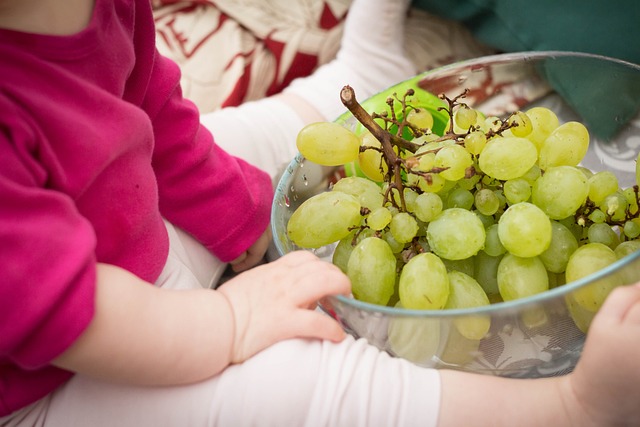In France, 5 million children are overweight today, including 1 million obese. A number and a reality that every parent should be aware of. Monitoring the corpulence curve of our children must become part of our habits.
Some figures and data
Obesity is a disease in its own right that increases the risk of other diseases in the more or less long term: diabetes, cardiovascular diseases, joint pathologies, and cancers. Nearly two-thirds of obese children will remain obese into adulthood. In the absence of appropriate care, being obese from childhood would be linked to a drop in life expectancy (by several years).
Many parents find a thousand excuses when faced with an overweight child. Apart from genetic reasons ( obese parents or more rarely hormonal disorders), a child generally grows fat when he eats badly and does not have enough physical activity.
Eat better
Follow-up by a nutritionist is a great help in teaching or re-learning a child to eat well. Very often, the obese child does not eat enough at mealtimes. As he is hungry between meals, he nibbles on everything that comes to hand. You must make sure that he eats enough at the table – a vigilance to have with all children, even those who do not have a weight problem!
A balanced meal provides:
– a starter (raw vegetables or soup without starch)
– a dish with a source of protein (fish, meat, ham, poultry, or egg) and starch at noon, a green vegetable in the evening
– a cheese or yogurt (your choice)
– a piece of fruit
Even if you are overweight, it is not desirable to eliminate the snack, but it must also be balanced: replace pastries and industrial biscuits (too rich in fats and sugars) with wholemeal bread and a few squares of chocolate or a spoonful of jam. Apart from the 4 meals of the day, there is no reason to eat!
“Move” more
A child who “moves”, if only by playing ball or hopscotch, is less likely to gain weight than one who spends hours in front of the television. If your child is overweight, resuming physical activity is desirable even if it proves to be restrictive and difficult! Prefer walking and “carried” sports such as swimming, cycling, or rollerblading, the intensity of which is easier to manage and which puts less strain on the joints.
Watch his build
Corpulence is measured using an index. This index is calculated by dividing the child’s weight by its height squared, i.e. for a 5-year-old child measuring 1.15 m and weighing 22 kg:
22 / (1.15 x 1.15) = 16 .6 (the index should not be higher than 18 at the age of 5)
As a general rule, you should consult your doctor in the event of a sudden deviation from the reference curves in the health record.



Leave a Reply